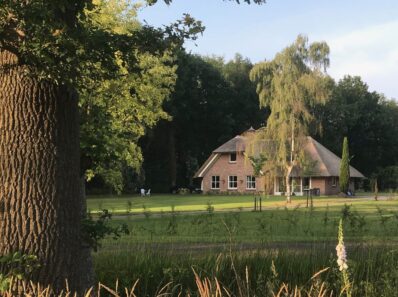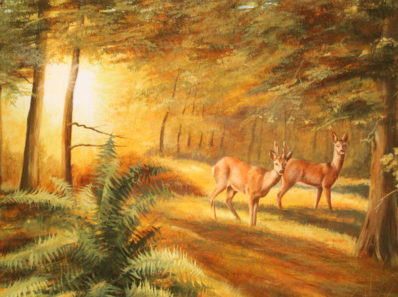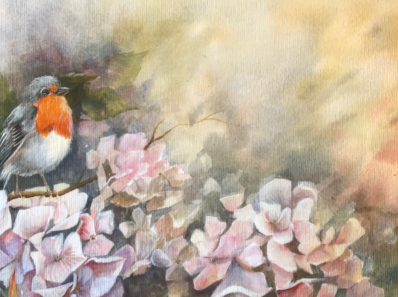Porcelain painting is an ancient technique that originated in China.
In the Golden Age, merchant ships of the Dutch East India Company (VOC) brought porcelain to the Netherlands. Since then, hand-painted porcelain and ceramics have remained very popular. A ceramic painter paints on baked clay; after painting, the piece is glazed and fired.
A porcelain painter paints on an already glazed surface. After painting, the piece is fired again and the heat-resistant porcelain paint melts into the glaze. The result is beautiful, it never discolors and it can even be put in the dishwasher.
Materials:
- Flat brush no. 4 (squirrel hair)
- Pointed brush no. 2 (sable hair)
- Liner pen or crown pen
- Palette knife
- Palette, glazed tile, or tear-off palette
- Sewing machine oil
- Universal oil 166 (Scherning)
- Wipe out stick
- Alcohol
- Paper towels / tissues
- Porcelain paint (Scherning) iron red, opaque white, black, yellow ochre, carmine blue, shadow violet
2024
Wednesday 9:30 – 12:00
A course consists of 10 lessons of 2.5 hours.
€ 220,- per 10 lessons
Registering by form:
Register for the Class – Porcelain Painting



